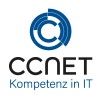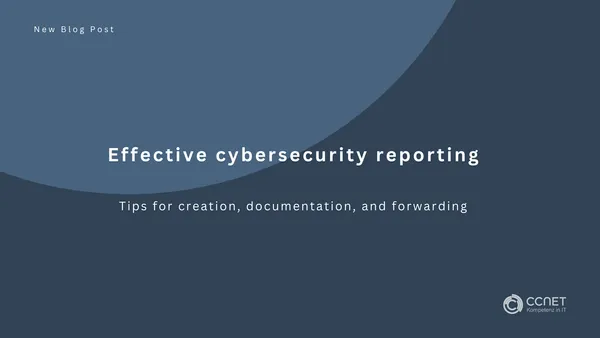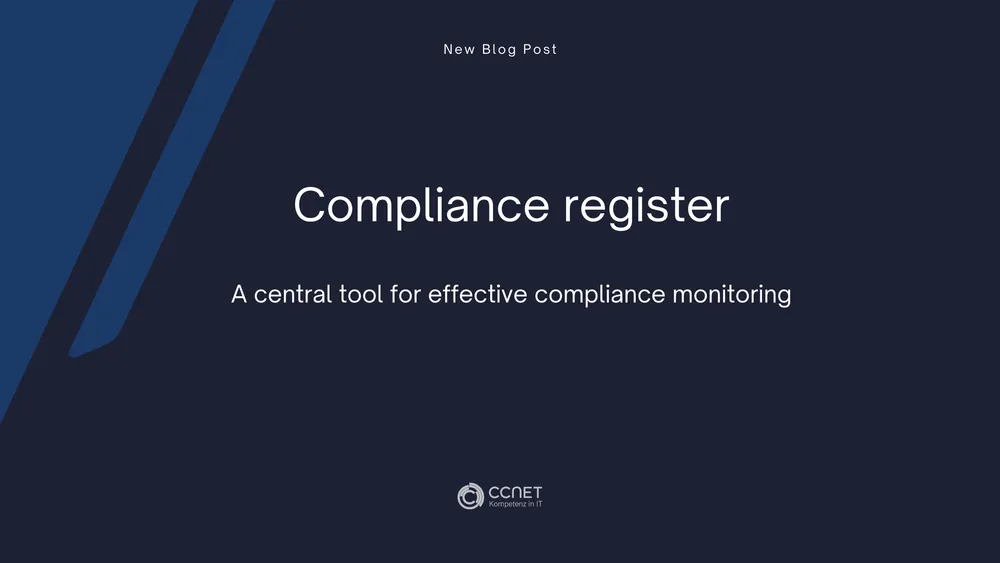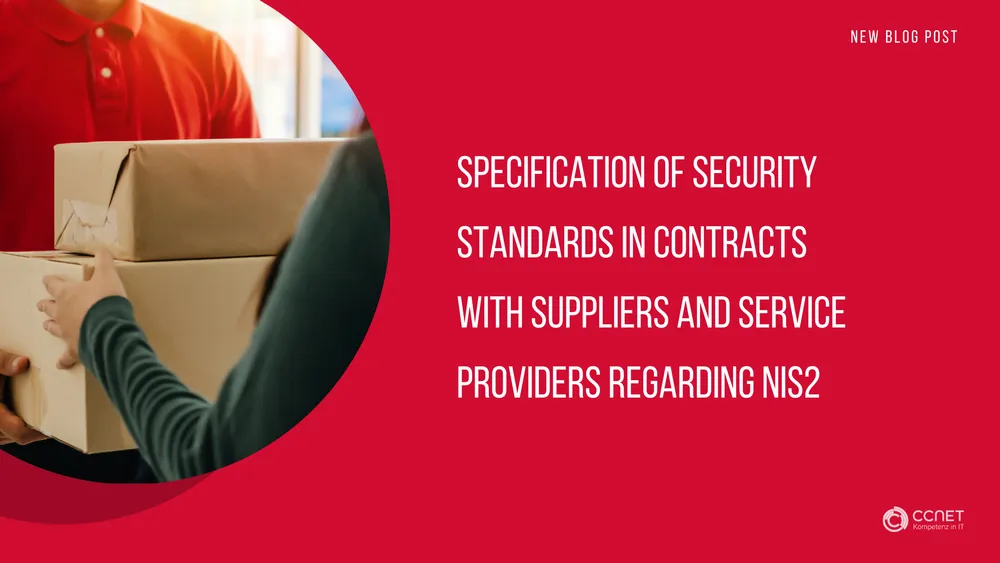
CCNet
Apr 11, 2025 • 3 min read

Effective cybersecurity reporting: Tips for creation, documentation, and forwarding
The creation, documentation, and forwarding of cybersecurity reports are essential tasks to keep an eye on a company's security posture and communicate transparently. Below are the key steps to establish an efficient process for cybersecurity reports. It is not only about technical documentation but also about organizing information flows and involving relevant stakeholders.
1. Goals of an Effective Reporting Process
The main goal of a cybersecurity report is to provide a comprehensive overview of the company's current security status. In addition to documenting incidents, risks, and measures, it is crucial to communicate all relevant information precisely and clearly to management and other stakeholders. A well-structured reporting process not only improves communication but also promotes risk awareness and decision-making within the company.
2. How to Establish a Clear Scope
The reporting process should cover all departments involved in any aspect of cybersecurity. Collaboration between IT, compliance, data protection, and possibly other departments is crucial. A unified process prevents information loss and ensures that all relevant incidents or risks are captured.
3. Process Steps for Effective Cybersecurity Reports
Regular Report Creation
Reports should be created quarterly to detect trends and risks early. Pay attention to the following points:
- Structured Content: Describe security events, identified risks, measures taken, as well as the results of audits and inspections.
- Proactive Analysis: In addition to pure reporting, trends and recommendations for the next quarter should also be included.
- Internal Quality Review: Before forwarding to management, an internal review for completeness and accuracy is essential.
Focus on Documentation and Archiving
Proper documentation of all incidents, risks, and measures is crucial. Here’s how to approach it:
- Timely Recording: Documentation should be done immediately after an incident occurs. Details of immediate and corrective actions should be clearly described.
- Tamper-Proof Archiving: Use a system that securely stores all information. The compliance manager should regularly check the data’s timeliness and completeness.
Introduce clear naming conventions: A unified system for naming documents makes it easier to find files and provides better clarity. Ensure that documents are named according to a fixed scheme such as date, department, and type of incident.
Ensure Auditability and Traceability
Audit-proof documentation is a key component of an effective process. This can be achieved by:
- Document Management System: Such a system ensures that all data is stored securely and traceably. It includes access rights and audit logs.
- Regular Audits: The entire documentation process is regularly reviewed and adjusted as needed to remain audit-proof and auditable.
Efficient Forwarding to Management and Stakeholders
Reports are only valuable if they reach the right people:
- Forwarding after Review: After internal review, the report should be sent to management and relevant stakeholders.
- Utilize Management Meetings: Present the report in regular meetings to enable informed decisions based on current information.
- Incorporate Feedback: Document the received feedback and consider it in future reports.
4. Clearly Define Roles
Clear assignment of responsibilities promotes smooth process flow:
- IT Security Officer: Responsible for the creation, maintenance, and forwarding of reports.
- Compliance Manager: Ensures compliance with all requirements and the audit-proof nature of the documentation.
- Archiving Officer: Ensures the proper and secure storage of all relevant documents.
- Management: Decides on necessary measures based on the reports and assesses the current security situation.
5. Reporting as a Driver for Continuous Improvement
An efficient reporting system is more than just documentation—it’s a way to achieve continuous improvement:
- Regular Review: Reports should be continuously created and analyzed to ensure compliance with security standards.
- Process Optimization: The reporting process should be reviewed at least once a year and adjusted if necessary to achieve efficiency gains and meet new requirements.
Conclusion
A well-organized process for the creation, documentation, and forwarding of cybersecurity reports offers numerous advantages: It promotes transparency, strengthens risk management, and ensures that all relevant information reaches the right people. With clear responsibilities and continuous process review, effective security management is possible, protecting and strengthening your company.


